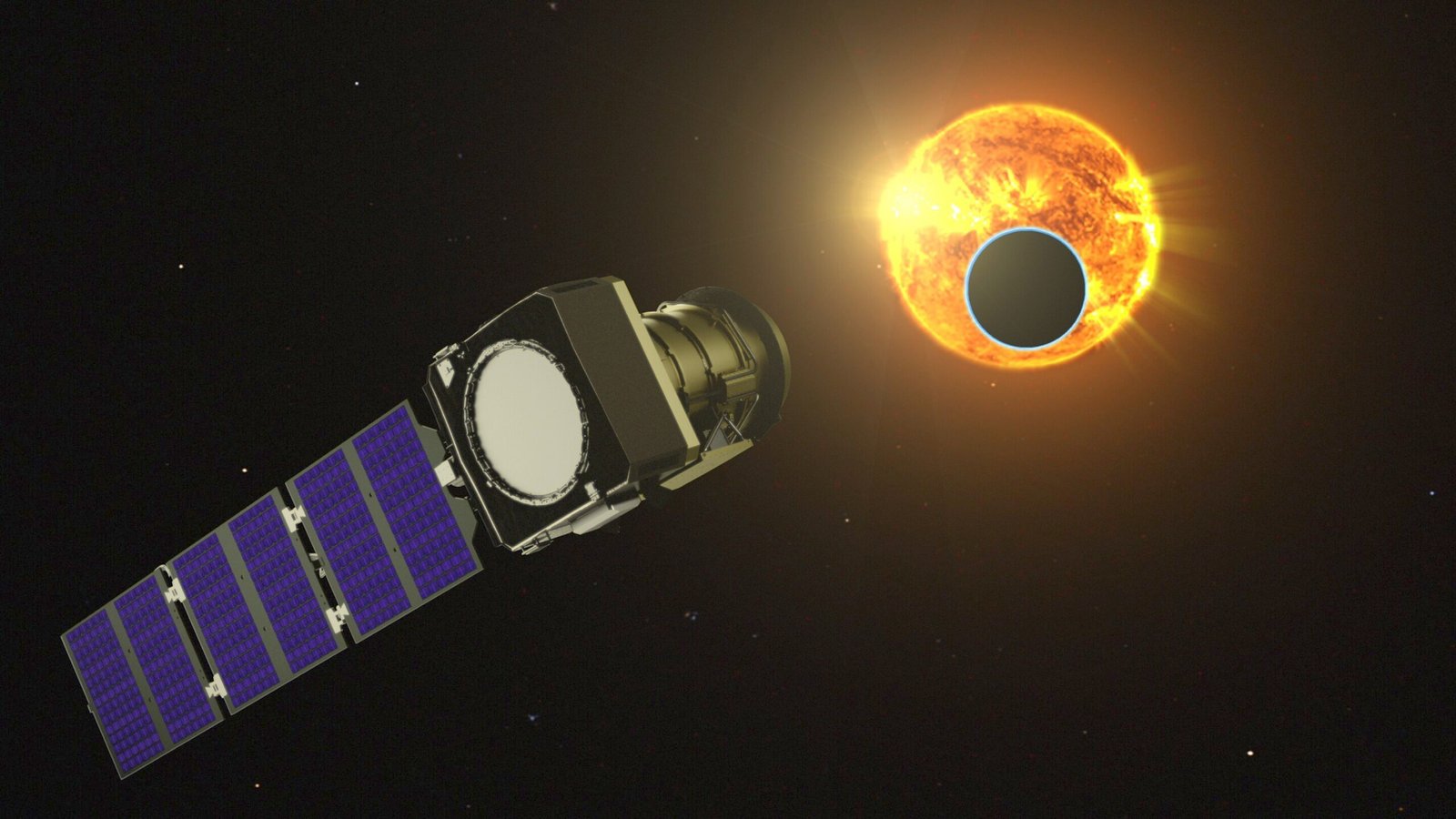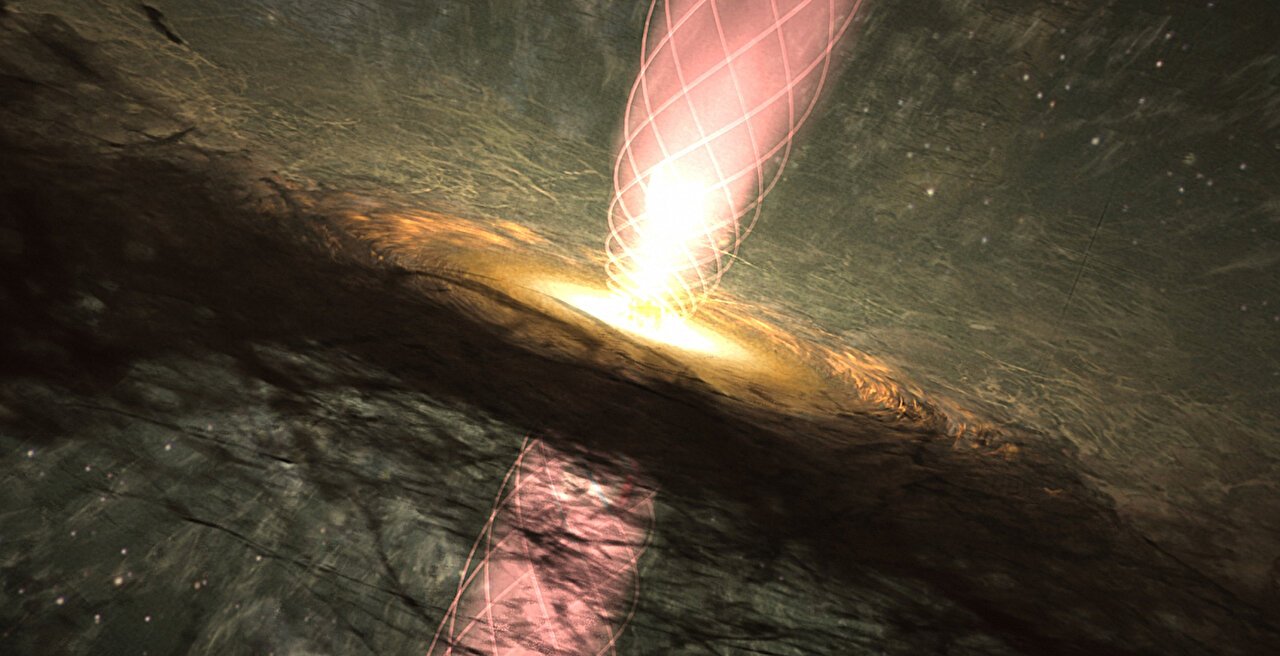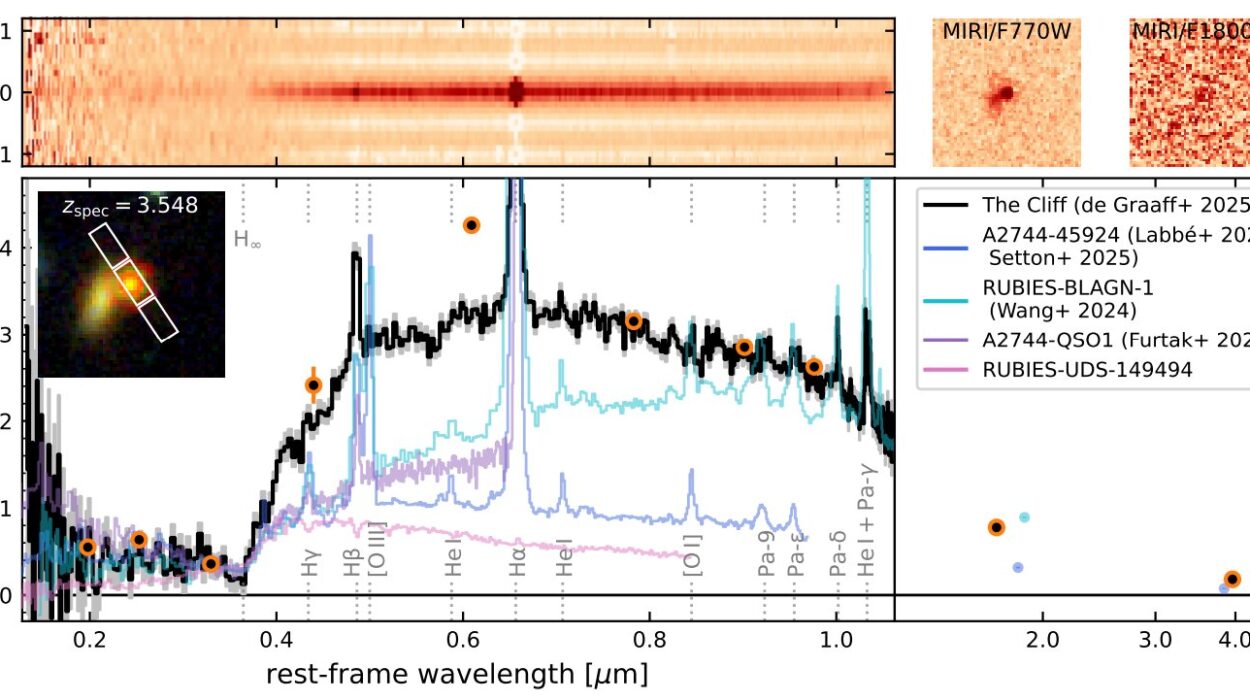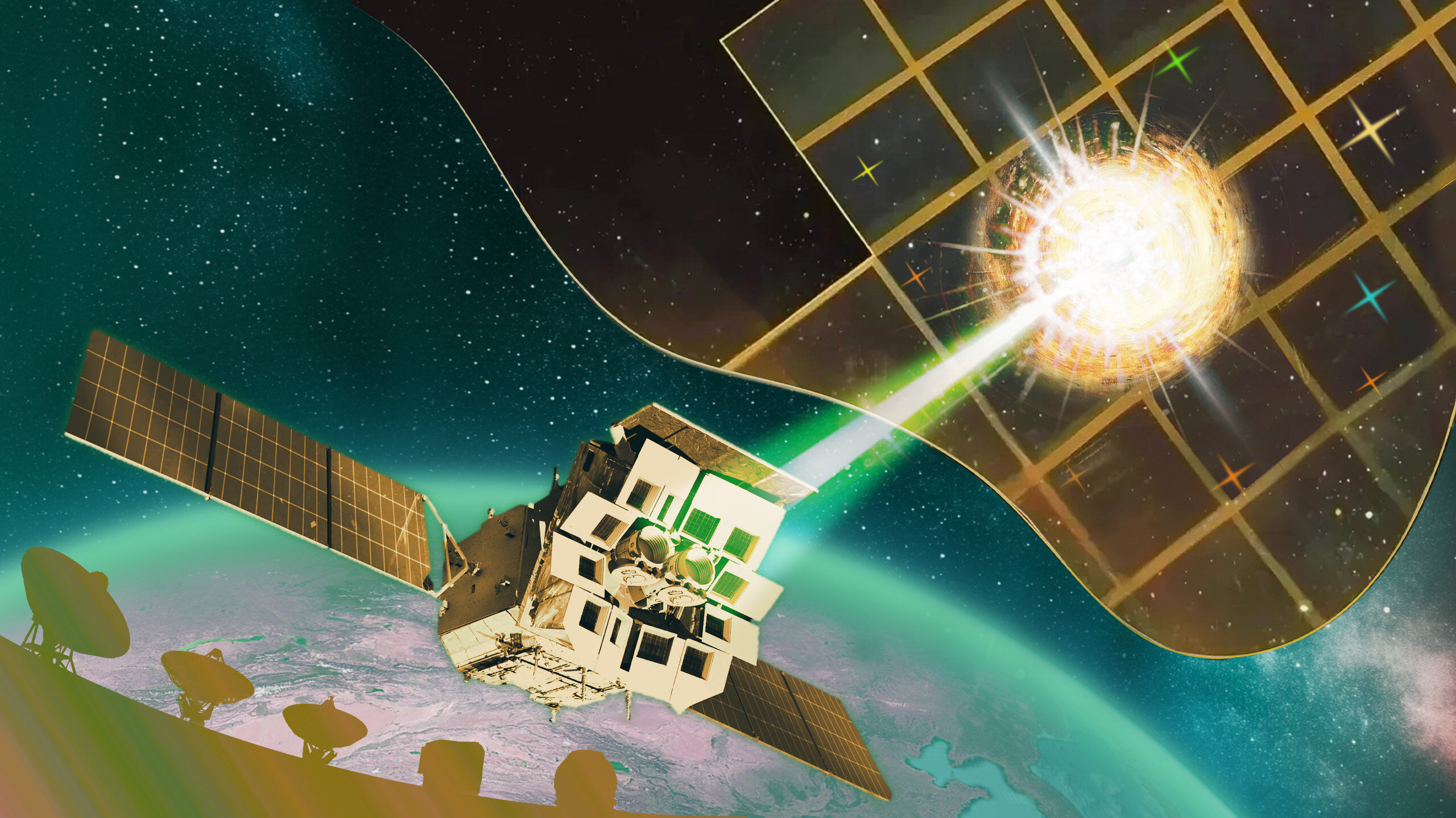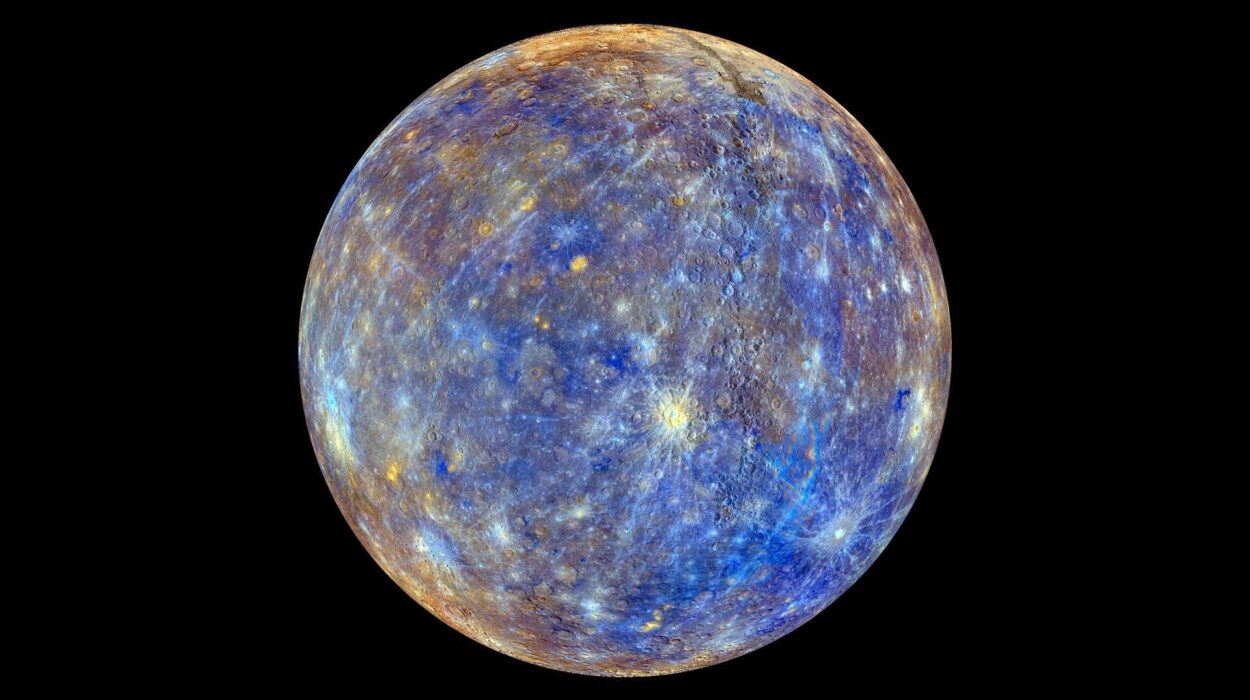NASA’s Pandora mission, a new and ambitious initiative designed to explore exoplanets and their atmospheres, is now one step closer to its launch. The mission’s spacecraft bus, which provides the essential structure, power, and systems for the mission’s operations, has been successfully completed. This crucial milestone was announced at the 245th Meeting of the American Astronomical Society, held in National Harbor, Maryland, on January 16, 2025.
Pandora, a compact and highly specialized satellite, promises to revolutionize the way astronomers study distant worlds. With its state-of-the-art technology and ability to examine the atmospheres of at least 20 known exoplanets, Pandora will provide vital insights into the composition of these planets and their potential for habitability. This mission is especially significant in the context of understanding how exoplanet atmospheres might support life, and it will complement the data provided by other key missions such as NASA’s James Webb Space Telescope (JWST).
The Role of Pandora’s Spacecraft Bus
Pandora’s spacecraft bus is essentially the “brain” of the mission. According to Elisa Quintana, Pandora’s principal investigator at NASA’s Goddard Space Flight Center in Greenbelt, Maryland, the spacecraft bus holds the mission’s instruments, manages navigation, data acquisition, and communication with Earth. It provides the power and structure that are necessary for Pandora to operate in space. The completion of this bus keeps Pandora on track for its planned launch in the fall, marking a key step in the realization of this cutting-edge space mission.
“This is a huge milestone for us and keeps us on track for a launch in the fall,” said Quintana. “The bus holds our instruments and handles navigation, data acquisition, and communication with Earth—it’s the brains of the spacecraft.”
Pandora is unique not only because of its advanced technology but also because of the strategic role played by the University of Arizona in its development. The University of Arizona is leading Pandora’s Exoplanet Science Working Group, and the U of A Space Institute will host the mission’s operations center, which will play a crucial role in the spacecraft’s day-to-day management after launch.
Exploring the Atmospheres of Exoplanets
Pandora’s primary scientific objective is to study the atmospheres of exoplanets. By observing at least 20 exoplanets orbiting distant stars, Pandora will provide critical data on the composition of their atmospheres, with a particular focus on the presence of clouds, hazes, and water—key ingredients in assessing the potential for life beyond Earth.
Unlike the larger and more sensitive James Webb Space Telescope, Pandora is a smaller, more specialized satellite designed to observe exoplanets over extended periods. This ability to conduct continuous observations will allow Pandora to collect data that other telescopes, including Webb, cannot, due to the limited amount of observing time available on these flagship missions.
Pandora’s observations will enable scientists to gather in-depth data on the host stars of these exoplanets, improving our understanding of stellar behavior. As Daniel Apai, Pandora’s co-investigator and professor of astronomy and planetary sciences at the University of Arizona, explained, understanding the stars that exoplanets orbit is essential for making sense of the signals from both the stars and the planets themselves.
“Better understanding of the stars will help Pandora and its ‘big brother,’ the James Webb Space Telescope, disentangle signals from stars and their planets,” Apai said.
Solving a Critical Problem in Exoplanet Studies
The concept for Pandora was born out of a need to overcome a major hurdle in the study of exoplanet atmospheres. In 2018, Benjamin Rackham, a doctoral student in Apai’s group, identified a significant issue that could limit the ability of existing telescopes—especially Webb—to study the atmospheres of habitable exoplanets. Rackham discovered that light coming directly from the star could “muddy” the signal of the light passing through an exoplanet’s atmosphere during a transit event. This effect posed a challenge for accurately studying the chemical fingerprints of atmospheric substances, such as water vapor, that are key to identifying exoplanets that may support life.
Stars are not uniform in appearance. They contain hot, bright regions called faculae and cooler, darker regions that rotate and change position over time, much like sunspots on our own Sun. As a result, the varying brightness of a star’s surface can mix with the light that has passed through a planet’s atmosphere, making it difficult to distinguish between signals from the star and those from the exoplanet. This interference could mask or distort critical signals, such as the spectral signature of water, which is one of the most sought-after indicators in the search for life on other worlds.
Pandora addresses this challenge with a novel approach to simultaneous multi-wavelength observations. By using a 45-centimeter-wide all-aluminum telescope, developed in collaboration with Lawrence Livermore National Laboratory and Corning Specialty Materials, Pandora will capture both the host star’s visible and near-infrared spectrum and the exoplanet’s near-infrared spectrum at the same time. This simultaneous data collection will allow scientists to disentangle the stellar and planetary signals, providing a much clearer picture of the exoplanet’s atmosphere.
Continuous Observations and Unique Observing Strategy
One of Pandora’s key advantages is its ability to continuously observe exoplanets for extended periods. This long-duration observation will allow the mission to collect detailed data on at least 20 exoplanets over the course of its year-long mission. Each target will be observed up to 10 times, with each observation lasting up to 24 hours. These extended observation periods are essential for capturing a full transit event, during which the exoplanet passes in front of its host star from Earth’s perspective. This is when Pandora will obtain the planet’s spectrum, which is crucial for understanding its atmospheric composition.
Pandora’s unique observing strategy will enable the team to capture high-resolution spectra of both the star and the planet during each transit. These measurements will allow scientists to separate the light that has passed through the planet’s atmosphere from the light emitted by the star itself. This ability to observe both the star and the exoplanet simultaneously, and for extended periods, will make Pandora an invaluable tool in the study of exoplanet atmospheres.
Mission Operations and Testing
As Pandora prepares for its launch later this year, the team at the University of Arizona is hard at work ensuring that the spacecraft’s mission operations will be seamless once it reaches space. The U of A Space Institute will host the mission’s operations center, where the team will manage Pandora’s daily activities, communicate with the spacecraft, and analyze the science data it sends back to Earth.
Karl Harshman, who leads the Mission Operations Team at the U of A Space Institute, expressed excitement about the upcoming launch. “We have a very excited team that has been working hard to have our Mission Operations Center running at full speed at the time of launch and look forward to receiving science data,” he said. “Just this week, we performed a communications test with our antenna system that will transmit commands to Pandora and receive the telemetry from the spacecraft.”
These tests are crucial for ensuring that Pandora will be able to communicate effectively with Earth once it is in orbit. The team is eager to begin receiving science data from Pandora, which will provide a wealth of new information about exoplanets and their atmospheres.
Conclusion
NASA’s Pandora mission represents a major step forward in the exploration of exoplanets and the search for life beyond Earth. With its advanced technology, unique observing strategy, and continuous observation capabilities, Pandora will provide critical data that will help scientists better understand the atmospheres of distant worlds. By studying these exoplanets, Pandora will pave the way for future missions, including NASA’s James Webb Space Telescope, to refine our understanding of habitable worlds and the potential for life in the universe.
As the mission draws closer to launch, the excitement surrounding Pandora’s potential to transform our knowledge of exoplanets is palpable. With its successful spacecraft bus completion and continued progress toward launch, Pandora is set to make groundbreaking contributions to the field of exoplanet science in the coming years.
